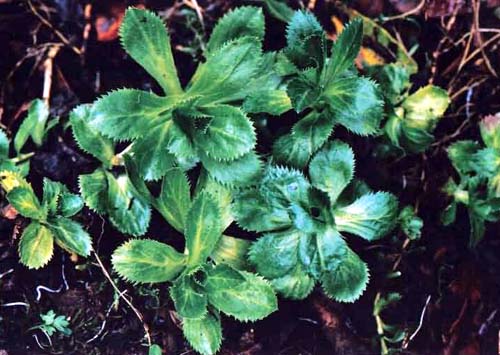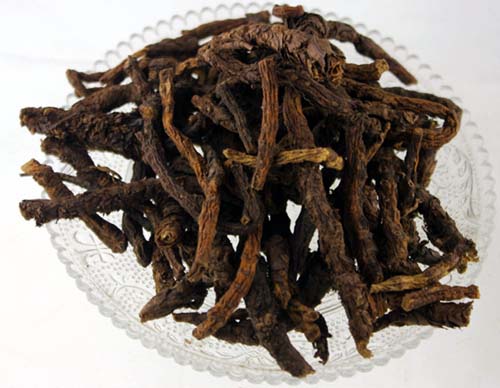Medicinal Properties:
Bitter in flavor, cold in nature and attributive to the heart, liver, stomach and large intestine meridians.
Actions:
Clear away asthenia heat, and reduce fever of infantile malnutrition, and eliminate dampnessheat.

Application
1. For fever due to yin deficiency and hectic fever due to yin deficiency, it is usually combined with Yinchaihu (Radix Stellariae), Digupi ( Cortex Lycii Radicis ), etc. such as Oinggu San (Powder).
2. For infantile malnutrition with fever, indigestion, abdominal distention and weight-loss, and prolonged low fever, it is usually used together with Dangshen (Radix Codonopsis), Baizhu (Rhizoma Atractytodis Macrocephalae), Shanzha (Fructus Crataegi) and others that can tonify qi and digest food, such as Fei'er Wan (Pill).

3. It is used for dysentery of dampness-heat type and hemorrhoids. Compared with Huanglian (Rhizoma Coptidis), it has the weaker action to clear away heat, dry dampness and eliminate toxin, and is good at clearing away dampness-heat of the stomach and intestine. For dysentery of dampness-heat, it can be combined with Huangqin ( Radix Scutellariae ), Huangbai ( Cortex Phellodendri ) , and Baitouweng ( Radix Putsatillae ), etc.; for hemorrhoids with swelling and pain, used together with Diyu (Radix Sanguisorbae), Huaihua (Flos Sophorae ) , etc.
Usage and Dosage:
5 -10 g is used in decoction for oral use.
Notes:
Used with caution for deficiency and cold ot the spleen and stomach.







